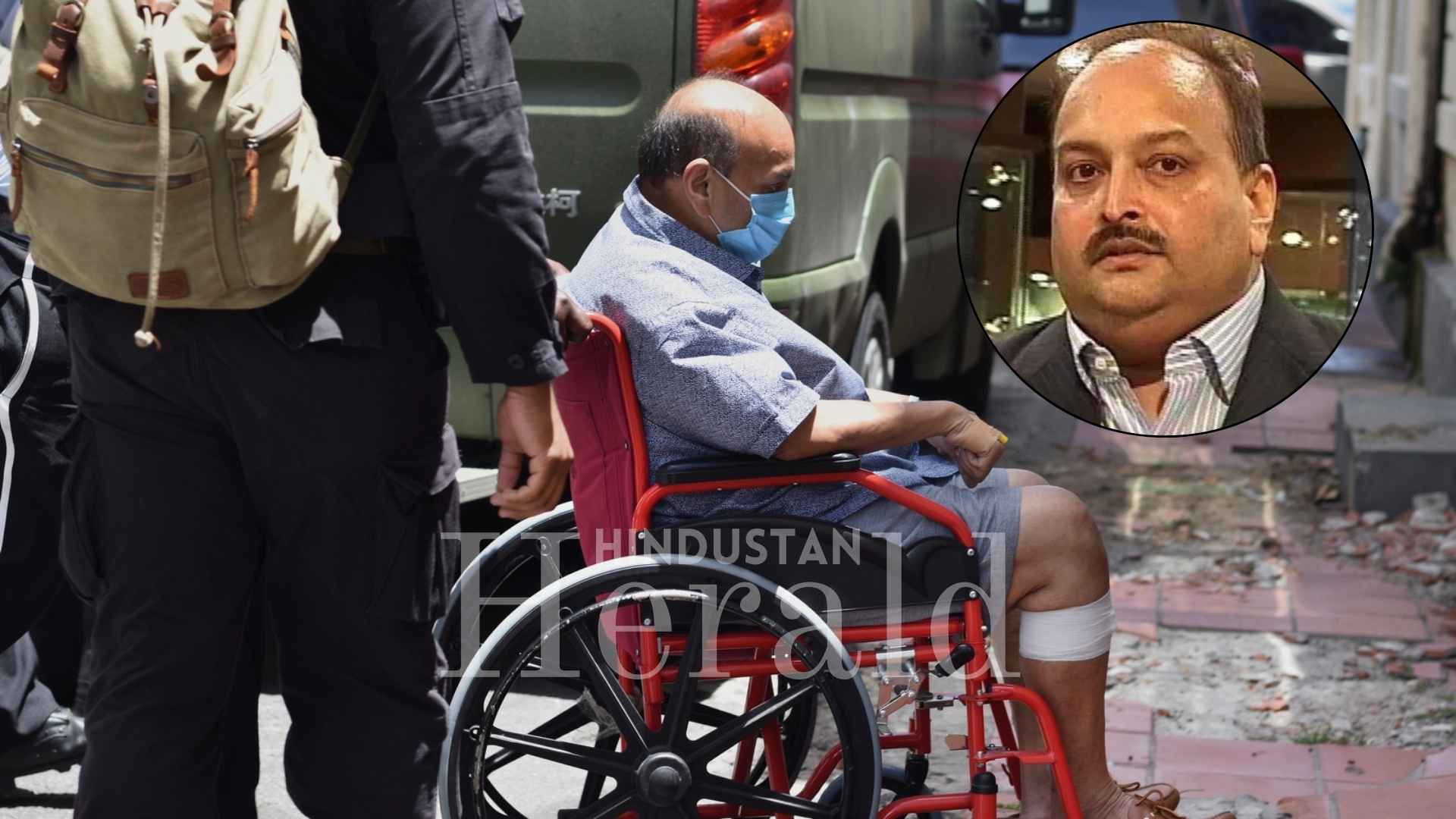NGT Raises Concerns Over Ganga Pollution in Prayagraj After CPCB Report

The National Green Tribunal (NGT) raised concerns over high fecal coliform levels in the Ganga at Prayagraj. A Central Pollution Control Board (CPCB) report, submitted on February 3, 2025, flagged increased pollution levels during the Maha Kumbh Mela. The biochemical oxygen demand (BOD) in the river failed to meet bathing water quality standards during January 12–13, 2025. The Uttar Pradesh Pollution Control Board (UPPCB) has been asked to submit a detailed compliance report by February 19, 2025. The NGT has ordered stricter regulations to control pollution and ensure better sewage and waste management in Prayagraj.
Key Highlights:
CPCB Report Highlights Severe Water Pollution in the Ganga:

A report by the Central Pollution Control Board (CPCB), submitted to the National Green Tribunal (NGT) on February 3, 2025, has revealed alarming levels of fecal coliform bacteria in the Ganga at Prayagraj.
The water quality monitoring on January 12–13, 2025, showed that the biochemical oxygen demand (BOD) levels exceeded the permissible limits, making the river unsuitable for bathing during the Maha Kumbh Mela.
The study attributed the sudden increase in fecal coliform to the large number of devotees taking a dip in the river during auspicious occasions, such as the Shahi Snans and other major religious events.
NGT’s Concerns Over Water Quality and STP Performance:
The National Green Tribunal (NGT), under the leadership of former Calcutta High Court Chief Justice Prakash Shrivastava, reviewed the CPCB findings and raised serious concerns about water pollution levels in the Ganga.
While the sewage treatment plants (STPs) in the region were reportedly operational, the pollution levels still spiked during religious gatherings, indicating inadequate sewage and waste management.
NGT Summons UPPCB for Explanation:
The NGT had previously directed the Uttar Pradesh Pollution Control Board (UPPCB) to submit a comprehensive compliance report on steps taken to manage Ganga pollution.
However, the UPPCB only provided water test results, confirming high fecal contamination without detailing the measures taken to control pollution.
As a result, the NGT has summoned UPPCB officials for a virtual hearing on February 19, 2025, and granted more time for the board to submit a detailed report on:
- Actions taken to reduce pollution in the Ganga.
- Effectiveness of sewage treatment plants (STPs).
- Steps to prevent untreated sewage discharge into the river.
NGT’s Previous Order for Stricter Regulations:

In December 2024, the NGT had mandated stricter monitoring of sewage disposal and waste management in Prayagraj, especially during major religious events like the Maha Kumbh Mela.
The tribunal’s directives came after reports of untreated sewage being dumped into the Ganga and Yamuna rivers, raising serious concerns about:
- Water contamination risks to millions of devotees.
- The failure of existing sewage treatment infrastructure.
- The overall effectiveness of pollution control measures.
Challenges in Ganga Water Management:

The Ganga in Prayagraj is a crucial site for religious activities, attracting millions of pilgrims during the Maha Kumbh Mela. However, this mass gathering also leads to:
- Increased human waste disposal into the river.
- Overloading of sewage treatment plants (STPs).
- Degradation of water quality due to unchecked pollution.
Despite multiple Ganga-cleaning initiatives, including the Namami Gange project, experts argue that better enforcement and stricter regulations are necessary to tackle the recurring pollution crisis.
The NGT’s latest intervention highlights the urgent need for stricter pollution control measures to protect the Ganga’s water quality during large-scale religious events.
With the UPPCB set to present a detailed report by February 19, 2025, the Supreme Court’s scrutiny of pollution management efforts in Prayagraj could lead to stronger regulations and enforcement.
Stay updated on the NGT’s final ruling and upcoming measures for Ganga pollution control.
The Hindustan Herald Is Your Source For The Latest In Business, Entertainment, Lifestyle, Breaking News, And Other News. Please Follow Us On Facebook, Instagram, Twitter, And LinkedIn To Receive Instantaneous Updates. Also Don’t Forget To Subscribe Our Telegram Channel @hindustanherald








